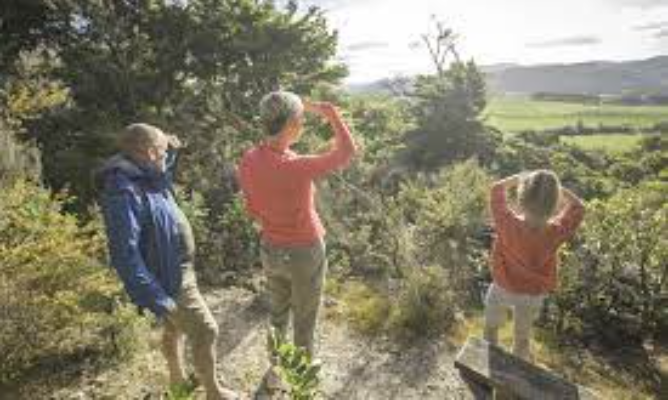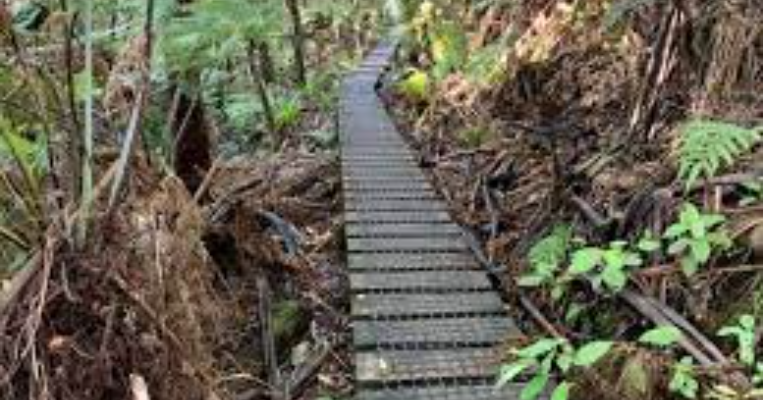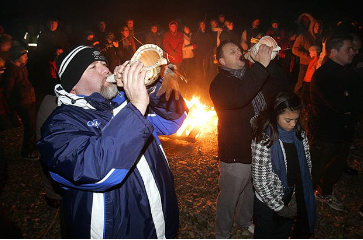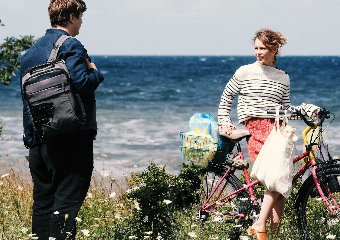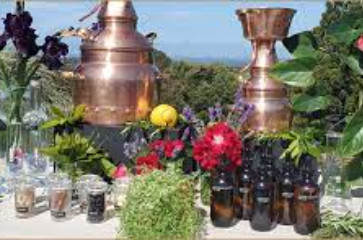Fensham Reserve is one of the best places for a bush walk near Carterton
This 48-hectare native bush reserve is just a few minutes’ drive from the town’s main street. The tracks take you through a variety of terrain: along wetland boardwalks, through native bush and up to a hilltop with views of rolling farmland. You’re likely to spot tūī, fantails and 500 year old trees along the way. All-weather and well-maintained tracks. No dogs please. There is one circuit track on the reserve that takes approximately one hour to walk. From this track you can access the old fence track and the brow track.

